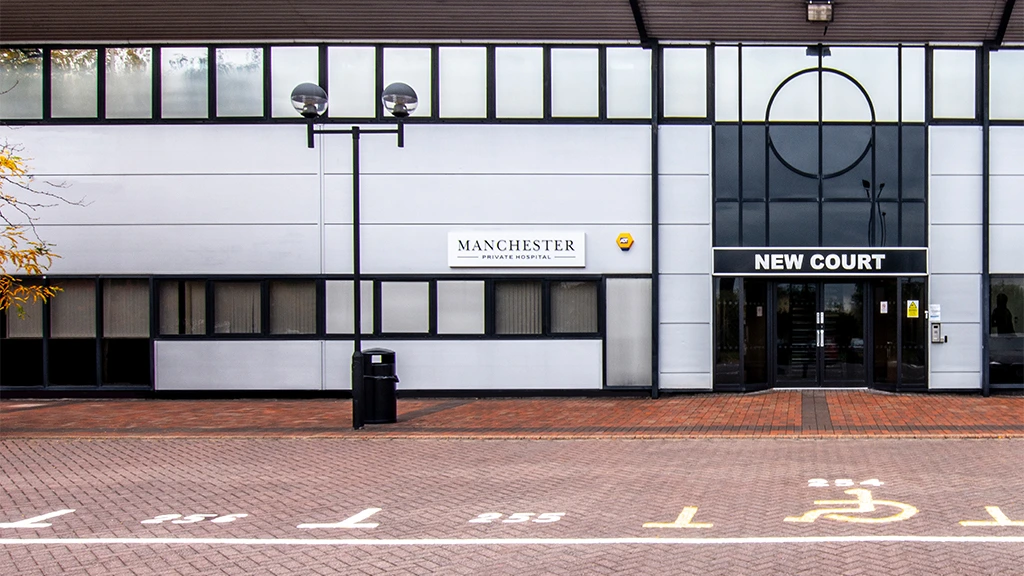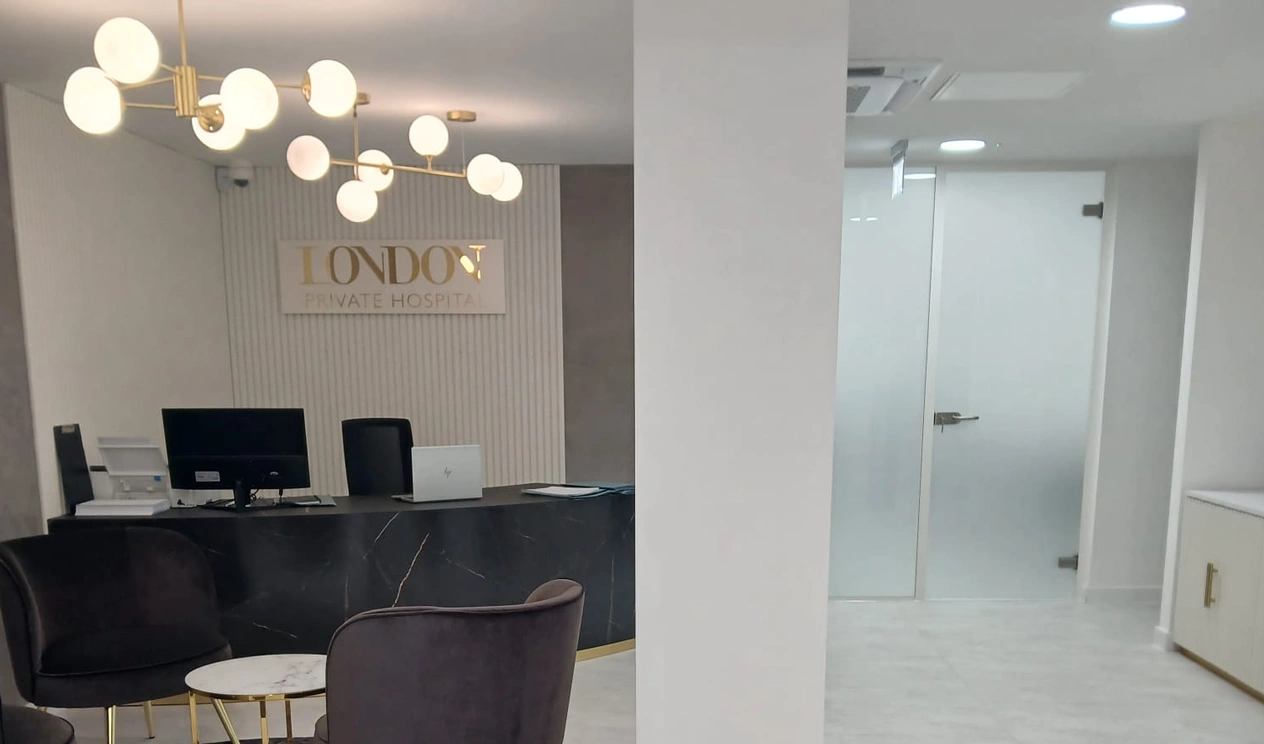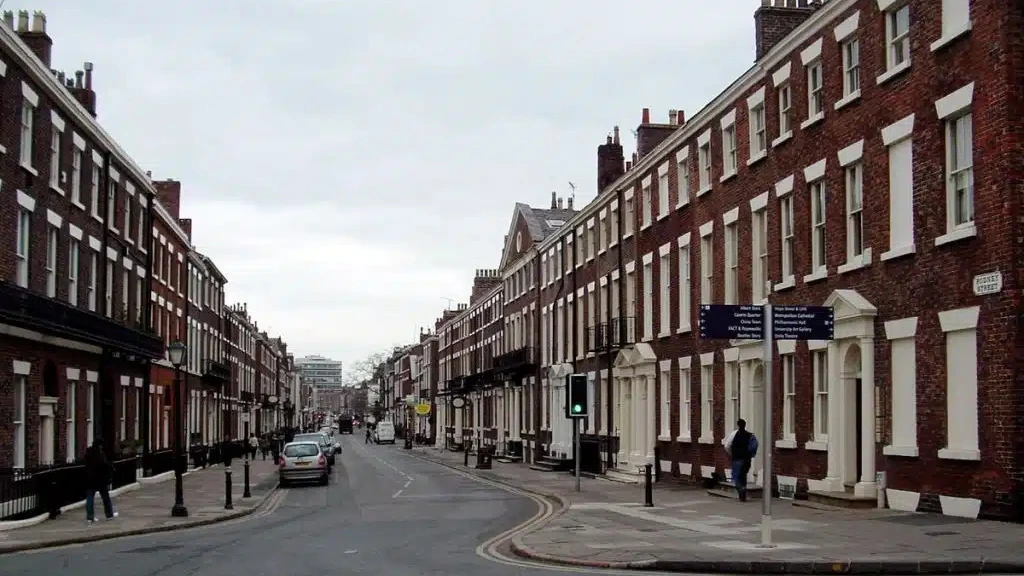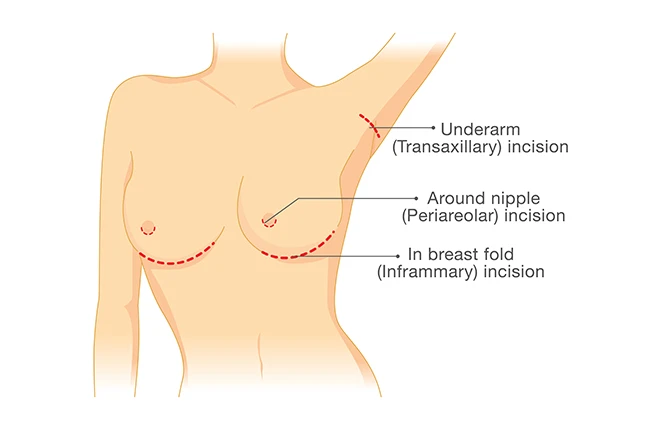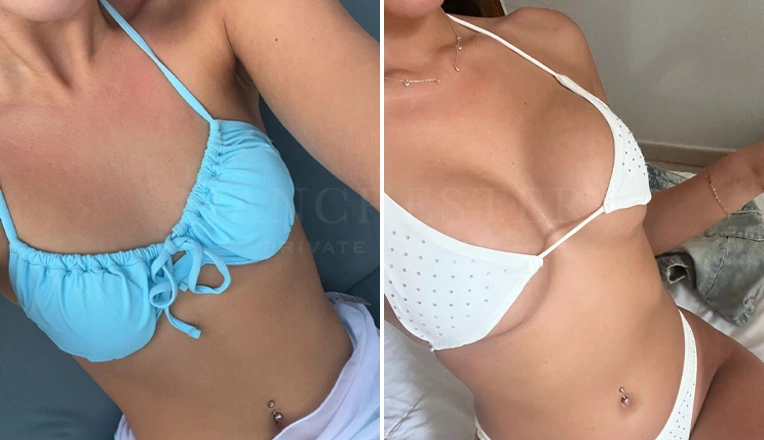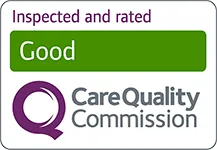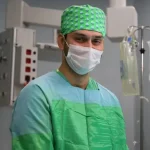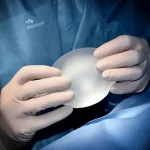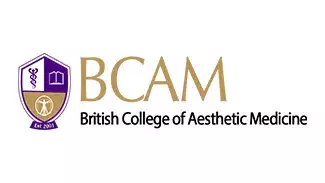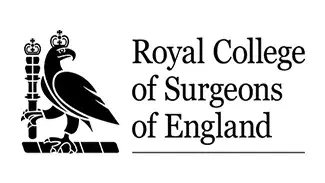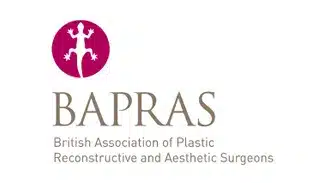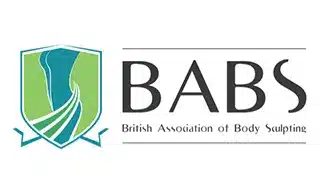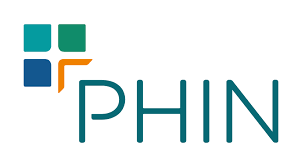Here’s a detailed guide on what to expect with breast augmentation scars, how they change over time, and the best ways to care for them.
What Causes Scars in Breast Augmentation?
Scarring after breast augmentation is a natural result of the incisions required for implant placement. While skilled surgeons aim to make incisions discreetly, the healing process varies by individual. Common incision sites include the inframammary fold (under the breast), periareolar (around the nipple), and transaxillary (armpit).
Each location can leave different scar patterns, such as armpit scars from breast augmentation if the incision is made in that area. Factors like skin type, genetics, and individual healing responses also influence scar visibility.
Types of Breast Augmentation Scars
1. Incision Scars: These are the most common type of scars, appearing where the incisions are made. The appearance varies by placement, with some scars more concealed than others.
2. Scar Tissue Formation: Scar tissue sometimes forms lumps, known as scar tissue lumps after breast augmentation, around the incision site or in response to the body’s healing process. These lumps are generally benign and can soften over time or with massage.
3. Long-Term Appearance: Scars change in color and texture as they heal. While breast augmentation scars after 1 year are often faint, they undergo a gradual change over the healing period.
Healing Process Timeline for Breast Augmentation Scars
Two Weeks After Surgery
In the initial stages, scars are often red, swollen, and slightly raised. At breast augmentation scars after 2 weeks, the healing process is just beginning, and the skin may feel tight. During this time, gentle aftercare is crucial, and it’s essential to avoid stretching the incision areas.
Three Months Post-Surgery
By breast augmentation scars after 3 months, the scars begin to fade, although they may still have some redness. Swelling generally decreases, and any raised scars should start to flatten. At this stage, scar management, including moisturizing and silicone sheets, can support better results.
Six Months and Beyond
As scars reach breast augmentation scars after 6 months, they typically become softer and less noticeable. Some people experience faint, white scars by this stage, although the exact appearance varies. Gentle massage and sun protection continue to support the healing process.
One Year Post-Surgery
At breast augmentation scars after 1 year, many scars are barely visible. While individual results vary, consistent aftercare often makes scars faint and unnoticeable.
Effective Scar Minimization Techniques
1. Incision Aftercare: Clean and moisturize the area to prevent infection and support healing. Consult your surgeon for recommended ointments or topical treatments.
2. Silicone Sheets and Gels: Using silicone sheets or gels is a proven method for flattening scars and reducing discoloration. Applied consistently, these products can help the scars become less visible.
3. Sun Protection: Keeping scars protected from the sun prevents them from darkening and becoming more noticeable. Applying SPF 30 or higher is recommended.
4. Massage Therapy: Gentle scar massage can soften the tissue and reduce raised areas over time. Consult with your surgeon on the right techniques and timing.
5. Advanced Treatments: For those seeking additional reduction, treatments such as laser therapy and microneedling can help fade stubborn scars.
Frequently Asked Questions about Breast Augmentation Scars
Do breast augmentation procedures leave permanent scars?
Yes, breast augmentation incision scars are typically permanent, though they often fade significantly over time. With good aftercare, most scars are discreet and hardly noticeable after a year.
Can scar tissue form lumps?
Some patients experience scar tissue lumps after breast augmentation. These are usually normal and can improve with massage therapy. Consult with your surgeon if they cause discomfort.
How long will it take for scars to fully heal?
Complete healing varies, but with diligent care, most patients see substantial fading by the one-year mark.
By managing scars proactively and following recommended aftercare, patients can achieve minimal and discreet scarring, allowing them to enjoy the results of their augmentation without worry. Consult with breast augmentation expert surgeons at Manchester Private Hospital for personalized guidance on breast augmentation scars and effective care techniques.
Breast Enlargement Before & After Results
Read Our Patient Reviews
Explore our reviews made by real patients
Meet Our Expert Surgeons
Get to know our highly experienced surgeons
Consultation Locations
We offer Consultations from a number of locations around the UK
Prices and finance
We have partnered with Chrysalis Finance, allowing patients to apply for cosmetic surgery finance for all our procedures
Consultation Locations
Manchester Hospital
Manchester Private Hospital New Court, Regents Place, Windsor
Street Salford, Greater Manchester, M5 4HB.
